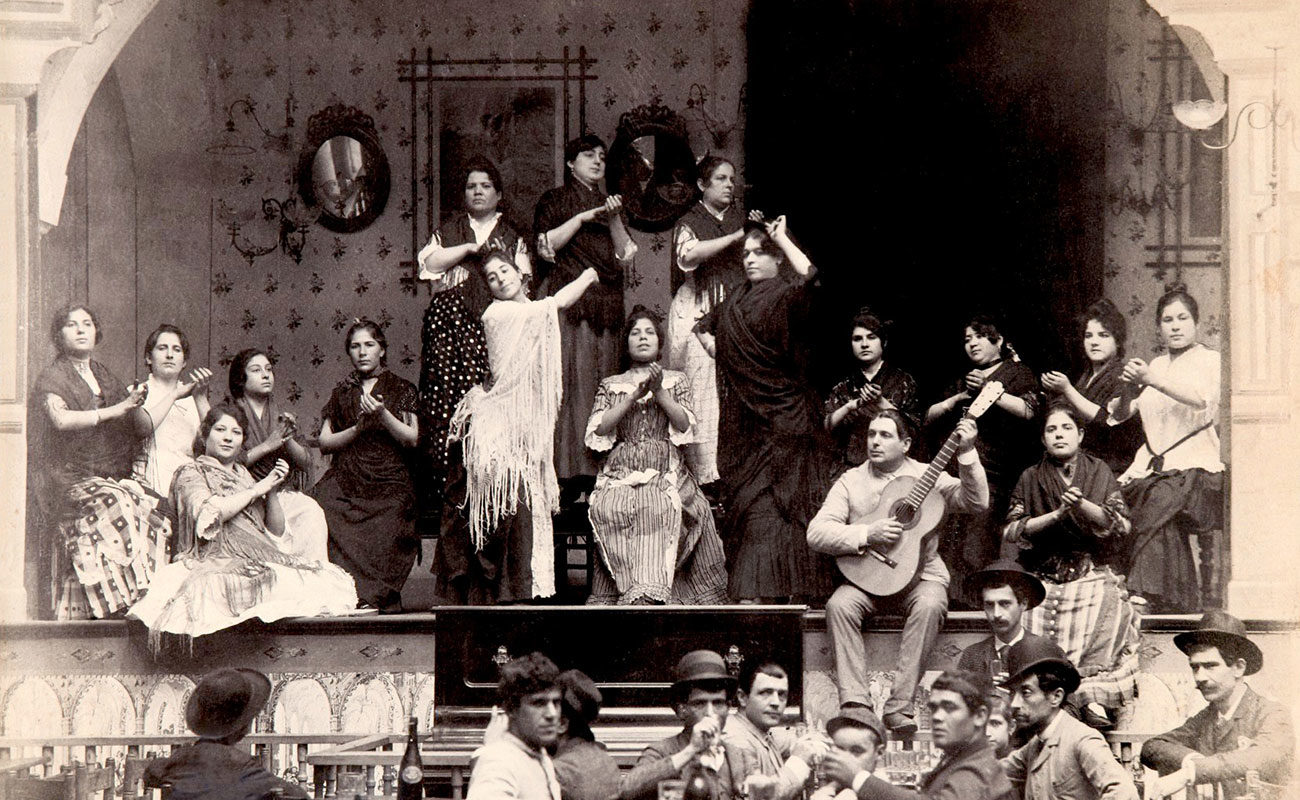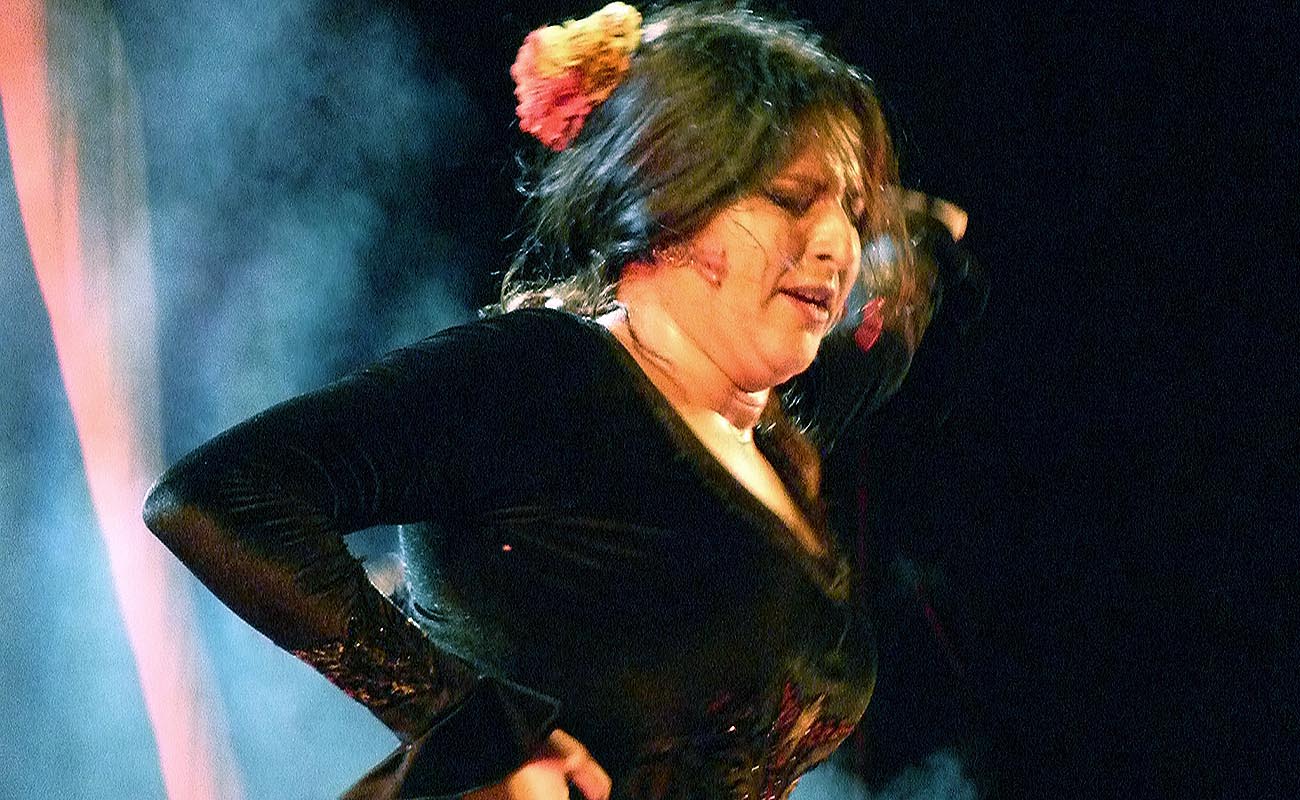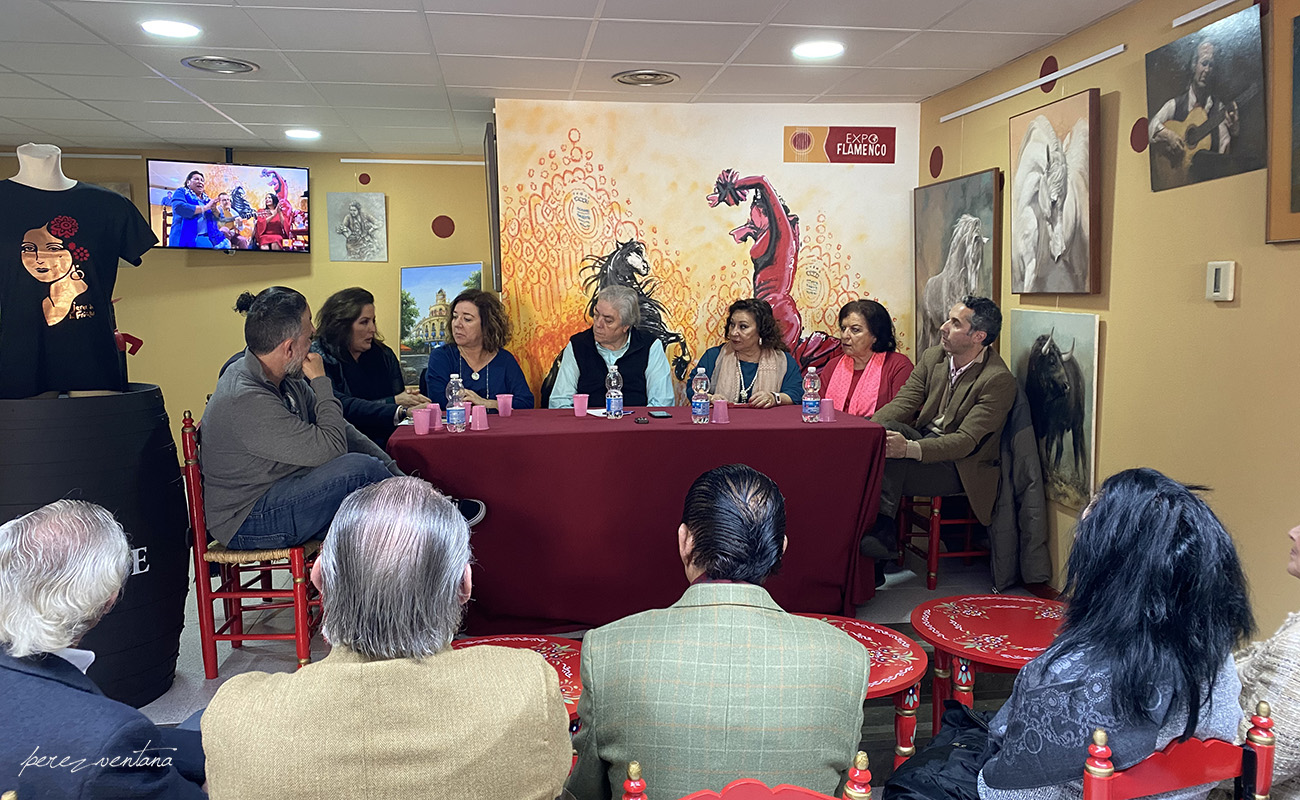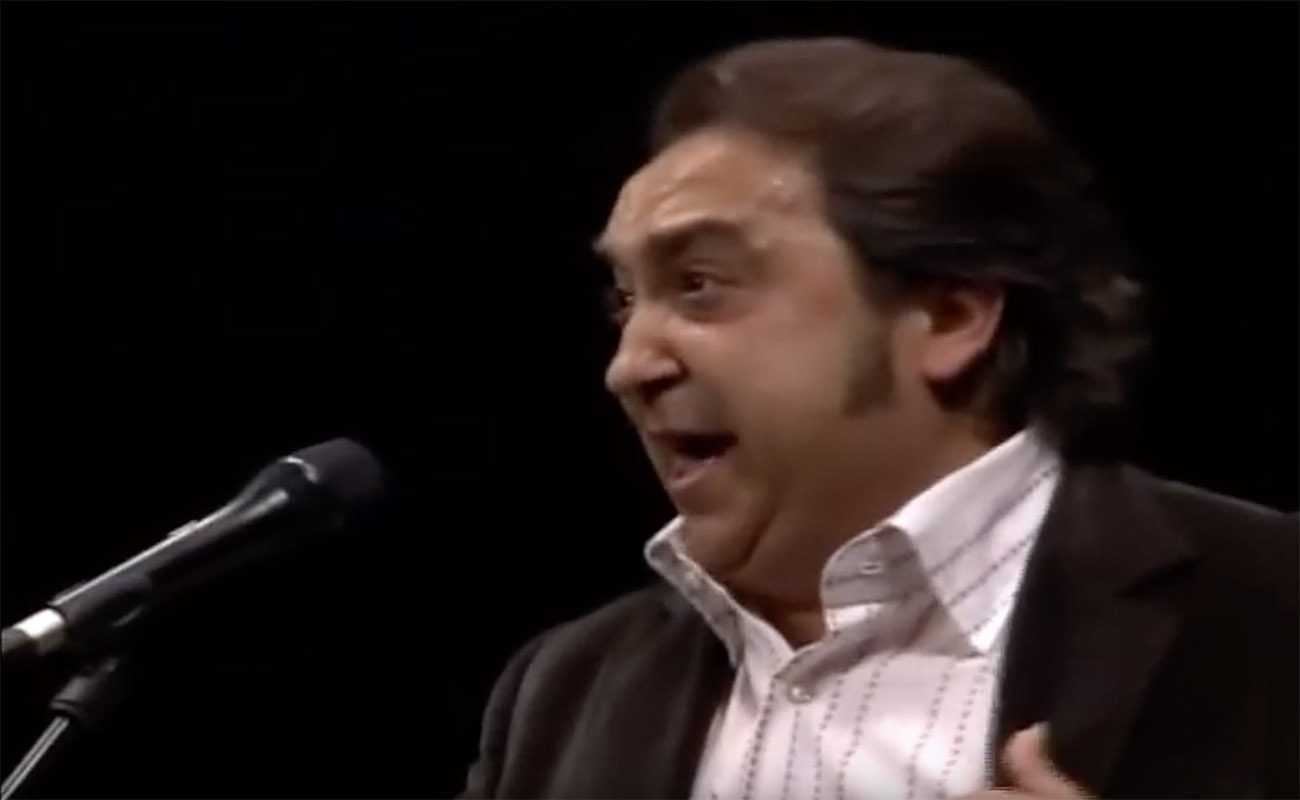The importance of Jerez in Seville
One of flamencology’s pending assignments is to make a well-documented, in-depth analysis of the arrival of artists from Jerez in Seville’s, due to the opening of, first, Manuel Ojeda’s El Burrero café, and later of Silverio Franconetti’s café. El Burrero was opened in what had been the Salón Recreo, on Tarifa Street, in the heart of Seville, which almost always had been leased, since the

One of flamencology’s pending assignments is to make a well-documented, in-depth analysis of the arrival of artists from Jerez in Seville’s, due to the opening of, first, Manuel Ojeda’s El Burrero café, and later of Silverio Franconetti’s café. El Burrero was opened in what had been the Salón Recreo, on Tarifa Street, in the heart of Seville, which almost always had been leased, since the mid 1800s, by boleromasters such as Miguel and Manuel de la Barrera or Luis Botella, who was from Málaga.
Manuel El Burrero, who was from Seville’s Macarena district, had a very good commercial sense and became a business partner of the celebrated cantaorSilverio Franconetti, due to the latter’s influence as an artist and also because of his vast knowledge about cante in general. That cantaor from Seville’s La Alfalfa district had already managed a café cantante on Amor de Dios Street, the first “Café de Silverio”, so he wasn’t a rookie in that business when Mr. Ojeda proposed the partnership, which came to an end in 1880 due to differences of opinion regarding artists’ contracts and the establishment of the café’s particular style.
After that partnership came to an end, Silverio opened his own café on 4 Rosario Street, and that competition among those two venues, plus El Filarmónico, also known as Café de Juan de Dios (as it belonged to Juan de Dios Domínguez, son of El Isleño), fostered the most important period in the history of flamenco in Seville, because it attracted great artists from all over Andalusia, such as Frijones, Paco la Luz, Chacón, Ramírez, La Macarrona, La Malena, La Charrúa, the Coquinera sisters, Paco El Barbero, Diego Antúnez, La Rubia, El Canario, El Perote, Fosforito, La Águeda, La Trini, José Medina and a long etcetera.
Seville had been greatly influenced by the bolero period. Let’s say that it was the bolero school’s world centre, without a doubt due to the efforts of Miguel and Manuel de la Barrera, La Campanera, Petra Cámara and Manuela Perea La Nena. There were many others, but these were crucial in baile and in Seville’s dance school, with later masters such as Ángel Pericet or Maestro Otero. Cante started to become important in the cafés and academies of Seville precisely because of the bolero school, and that’s where Silverio, Perea del Puerto, José Lorente, Sartorio and El Peinero, among others, started their professional careers.
It was fifteen or twenty years later when the arrival of important cantaores and cantaoras in Seville from cities such as Málaga, Cádiz, Jerez or Puerto de Santa María happened. There was a tenement on La Alameda de Hercules, number 8 of that street, which was inhabited solely by flamenco artists, mostly from Jerez. That tenement’s owner would probably had been a flamenco aficionado or an entrepreneur dealing with local flamenco venues, because at one time its tenants were the two Frijones brothers, Antonio and Manuel, besides Paco la Luz and his daughters (La Serrana and La Sordita), Ramírez, Antonio El Pintor and his son Lamparilla and Las Coquineras del Puerto. La Macarrona and La Malena also lived at La Alameda, although in different tenements, as well as an aunt of La Malena, Josefa la Charrúa, who was one of the best bailaoras of Jerez in those days.
With a Jerez base in Seville’s flamenco, Chacón came first, followed by Manuel Torres and Niño Medina, who caused a big stir in the capital of Andalusia. They were later joined by La Requejo, El Gloria and his sisters, La Sorda and La Pompi, Javier Molina and a long etcetera.
I promise to research all this, as I believe it’s something very important.
Translated by P. Young




